
I remember taking an astronomy class in college and it was fascinating. One analogy that expanded my mind was the challenge of wrapping my head around the distance between Earth and other celestial objects. We see thousands of stars in the night sky. But how far is the closest star, Alpha Centauri, to our Sun? Well, the professor said, if you stretch your arms horizontally and on one hand, was the earth and on the other hand, was the sun, Alpha Centauri would be located in San Francisco, about 382 miles away (the college was in Los Angeles). Mind-blowing!
I’m experiencing that same feeling of awe when trying to wrap my head around the pace of technological change we are about to witness. According to Ray Kurzweil, author, futurist, and Google Engineering Director, by 2040 we will experience a year of change in 3 months (in today’s terms). Mr. Kurzweil also said in his book, Singularity, “We won’t experience one hundred years of technological advance in the twenty-first century; we will witness on the order of twenty thousand years of progress (again, when measured by today’s rate of progress), or about one thousand times greater than what was achieved in the twentieth century.” In the following 5 sections, we’ll explore the urgent need for companies to innovate and what happens when you don’t.
1. The Need For Speed!
There has always been a need for companies to innovate. We’re all familiar with well-known innovations that created entire industries, multiple valuable companies, and millions of jobs: transistors (maybe the greatest invention to date); airplanes, television, the computer, antibiotics, the internet, etc. More recent innovations include 3-D printing, blockchain, gene editing, digital assistants, AI, robotics, autonomous vehicles, cryptocurrencies, and NFT’s as examples. Companies could then exploit their innovations for decades to come.
What’s difficult to experience and internalize is prior to a technical innovation hitting its exponential inflection point, it still looks and feels like linear growth as depicted in Figure 1. Solar energy will likely be a good example. We’ve heard about the promises of solar energy for years and many have looked into installing solar panels onto their roofs but often find it is too costly, cumbersome, and/or the return on investment isn’t enticing enough. This is changing quickly. According to The IEA’s Renewables 2020 report, wind and solar energy capacity will surpass gas and coal by 2024 globally.1 That’s just around the corner. Why is this happening so fast when it took decades to get to this impending shift of energy?
As technology evolves it gets faster, decreases in size, and increases in power exponentially.
Moore’s Law is the epitome of this phenomenon. Its prediction in 1975 is still amazingly accurate today. The law states that the number of transitions on a microchip doubles every two years and the cost of this computing power is halved. As you will see in the video in Figure 2, doubling in the beginning does not lead to significant gains, but at some point, the increase is very significant. This phenomenon applies to any technological innovation.

How does your company leverage technology to create innovations that will keep you competitive, relevant, and a leader in your industry...or from going out of business? According to the Innosight report called Corporate Longevity: Turbulence Ahead for Large Organizations, nine out of ten companies on the Fortune 500 list in 1955 are no longer there!2 In 1965 the average tenure of a company on the S&P 500 was 33 years. That narrowed to 20 years in 1990 and is predicted to shrink to 14 years in 2026.
Can your company respond to this reality? The report goes on to cite lack of preparation and confidence in responding to disruptive change, speed, and lack of having a coherent strategy as reasons of not embracing innovation. Larger corporations can’t move as fast as nimble startups or smaller companies. They blame execution on the current business and lack of time to focus.
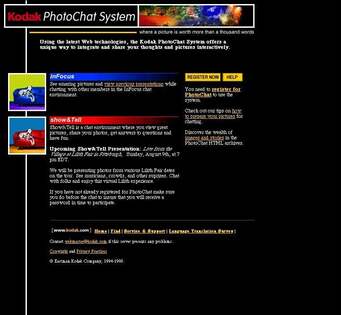
The phenomenon of why companies struggle to innovate and then are taken over by competitive innovations is explained well in the seminal book, Innovator’s Dilemma, by Clayton Christensen. This is a book I identified with as I had lived through or close to several of their case studies. The basic premise is that a past innovation, now a cash cow for the company, is blinded to, ignores, or by hubris doesn’t account for current innovations that are slower, more expensive, lack quality, etc. until that inflection point (due to the exponential growth of technological innovations) overtakes the status quo. Perfect example, I went to work for Kodak out of graduate school in 1994. What an amazing 130-year-old brand loved by customers worldwide. Kodak hired Dr. Christensen as a consultant and promptly fired him when he asserted that lower quality, more expensive digital imaging capture technology would overtake Kodak’s super high-quality digital camera technology. (Kodak invented the digital camera in 1975). Many such innovations were never recognized for their potential such as PhotoChat in 1997, which enabled people to upload digital images and discuss them in real-time. Could that have become Facebook? Kodak Antique Maker (one of a suite of online imaging applications) enabled people to upload an image and apply a sepia tone filter to it and then share it. Could that have become Instagram? I remember a gentleman walking into my office evangelizing a cell phone that he had retrofitted to a small camera, code-named the “coconut.” It never saw the light of day. I’ll never forget his words to me, “this is a no-brainer!” He never got funded.
I grew up in Youngstown, Ohio in the ’70s. Youngstown was one of the parts of the steel triangle of Pittsburgh, PA, and Wheeling, WV. I remember riding in the car to drop my father off at the steel mill, Youngstown Sheet and Tube. These gigantic buildings were brimming with fire and thousands of workers walked into and out of the buildings during shift changes. These buildings stretched for miles–truly massive. After graduating high school and heading west, I returned to visit in the ’80s and found these mills had become a graveyard of American dreams and fortunes. What happened? The short answer – disruptive innovation! Mini mills were smaller and could produce steel at a 20 percent lower cost than the larger integrated steel companies. However, mini mills focused on the lower end of the market with lower margins, while the larger companies were happy to give up that part of the market. Eventually, the mini mills moved upmarket and put the larger companies out of business. Not one of those larger companies built a mini mill.
There are countless examples of mainstream products that have been disrupted: mini computers disrupted by PCs; larger storage discs replaced by smaller discs; music albums replaced by cassettes, then CD’s, mp3’s and currently by streaming; landlines and payphones replaced by mobile phones, cable TV by streaming services (in-process). Does anyone remember Barnes and Noble, Hollywood Video, Virgin Records, or Yahoo? Who and what is currently disrupting your company?
When I was consulting for the University of Phoenix I met with the President of the university and he insisted that I interview for the CMO position with his executive team. I agreed but I couldn’t stop thinking about the disruption I was seeing happening to the university. I was forthright with my opinions. They had a massively changing demographic, stale curriculum, and an outdated learning management system. Most of the employees referred to the student experience as “read-write-repeat.” They had an enrollment that peaked at around 600,000 students with revenues of $4.95 billion.3 It had become the largest university on the planet. I told each of the executive management team that I see the innovator’s dilemma happening as I had witnessed at Kodak. Half of them ignored me with a dismissive attitude. The other half listened intently and had lots of questions. The second group was seeing what I was seeing. Several years later in 2016, they sold the university to a private equity firm for $1B. By 2019 they had shrunk to 87,400 students.
This was mostly a mistake of business model innovation. Instead of innovating they modeled the state university system. They had shifted their model of educating working adults and having employers pay for their tuition and started marketing to high-school graduates relying almost exclusively on revenue from federal student loans to cover tuition. This caused intense scrutiny, investigations, and lawsuits from the federal government. At the same time, traditional universities were bringing online programs to market offering their same coveted degrees and superior brands. The disruption of the education industry is midstream and still playing out. According to HolonIQ, global investment in Edtech is 32x that of 2010 with a record $16.1B invested in 2020.4
Disruption sneaks up on you in plain sight!
4. The Path Forward
Surprisingly, some companies are doing very little to encourage innovation. Others are doing “innovation theater.” Innovation theater is when a company sets up an innovation lab to simply check the box. According to a report from Capgemini, the vast majority of innovation labs — up to 90%, one expert says — fail to deliver on their promise.5 Innovation needs to be aligned with the business strategy even if it’s goal is to disrupt it. It can’t reside on some innovation island where “creative” people work in secrecy. The business units have to be involved and part of the process. I would argue that some separation is critical but isolation is a recipe for failure. A key question always arises, “How much do you centralize vs decentralize?”
- Coordinate the strategy between enhancing current and future businesses and disrupting them
- A knowledge base including training and resources to help individuals and teams
- Coordinate and select outside resources where appropriate
- Manage relationships with the startup community
- Facilitate teams to help them test and experiment with ideas
Utilizing people close to the business and to the customer grounds innovation in solving a customer problem.
There is no innovation without customers. Larger companies tend to distance themselves from their customers and their needs. Get out of the building, understand your customers’ situations and needs, and gather insights into the problems they’re dealing with. I call it “falling in love” with the problem. Albert Einstein once said, “If I were given one hour to save the planet, I would spend 59 minutes defining the problem and one minute resolving it.”
Given the unprecedented speed at which innovation is going to evolve, companies will need innovation portfolios where teams are working on multiple innovations simultaneously at different levels of fidelity. Finding a safe space where teams can experiment and fail fast will increase their chances of success. These ideas will need to be tested in-market, iterated, and tested again at quick cycles. As these ideas evolve you can decide whether it's more appropriate to incorporate them into the existing business unit, create a new unit, or spin them out of the company. Try to avoid killing ideas prematurely. Innovation is “messy” in the beginning and in traditional settings the opportunities will seem easier to kill. Companies should have a point-of-view about where technology is going to be in three to five years and plan their innovations around that horizon vs. what’s available now. Look for the technological harbingers. Senior management would ideally be engaged in innovation vs. facilitating it while they focus on the core business.
With the speed of innovation comes the speed of competition, which is expected to be 4x in the next 20 years according to Kurzweil. This will create an extreme competitive situation where you’re dealing with your current competitors and the myriad of startups and private equity looking to disrupt your industry or product. A global phenomenon that is happening is the dispersion of innovation. For example, in the U.S. everyone is familiar with your traditional innovation hubs: Silicon Valley, New York, Los Angeles, and Boston. But there are burgeoning tech hubs in Austin, Phoenix, Tucson, Boulder, Provo, Dallas, Denver, San Diego, Nashville, Chicago, and Atlanta. And there are more. A record $130B in venture capital was invested in each of the past three years setting records.6

An entrepreneur is not defined by where they work - startup vs. large company. An entrepreneur is defined by their vision of the world and their pursuit to change it for the better. An entrepreneur embodies these traits and skills:
- A vision of the future and the courage to pursue it amid ambiguity and data scarcity
- A growth mindset, curiosity, perseverance, and adaptability
- A bias toward action and a belief in their capabilities (and awareness of their limitations)
- See failure as a necessary learning opportunity
- Belief in the possibility of technology and the necessity of customer development
- A belief that customer milestones are more important than investment milestones
- Design thinking and creative ideation
- Use lean and agile approaches to build, measure, and validate ideas in quick iterative cycles
Executing on innovations requires stage-relevant and diverse skill sets to optimize success to move an idea through its various stages. If you don’t have these resources (or the time initially) with the appropriate mindsets and skill sets, you can hire venture builders. These firms run the gamut of innovation services available to you. From projects such as innovation skill set training, working on specific projects along the idea-to-build continuum, to the full spectrum of ideation, product-market fit, and full product build-out services.
If you haven’t already, start now. If you’ve started but stalled understand what stood in the way and revisit the strategy to make it work for you going forward. Begin to transform your culture into an innovation culture. If you have a dominant or “cash cow” business, dual transformation is an interesting concept developed by Scott Anthony, Clark Gilbert, and Mark Johnson. The basic premise is that you make the core business more resilient to disruptive threats while simultaneously creating innovations for future growth. No matter how you approach innovation, the time to get started is NOW. We will all need to adapt to the hyperspeed and hyper-competition just ahead and create innovation systems to survive and thrive in the future. I look forward to discovering your innovations!
2 https://www.innosight.com/insight/creative-destruction/
3 https://www.deseret.com/2015/4/25/20563390/the-rise-and-fall-of-the-university-of-phoenix
4 https://www.holoniq.com/notes/16.1b-of-global-edtech-venture-capital-in-2020/
5 https://www.capgemini.com/news/capgemini-consulting-and-altimeter-global-report-reveals-leading-businesses-continue-to/
6 https://pitchbook.com/media/press-releases/us-venture-capital-investment-surpasses-130-billion-in-2019-for-second-consecutive-year

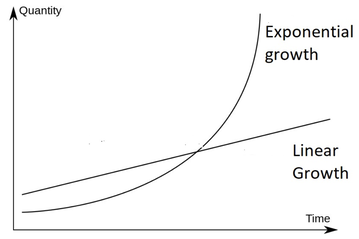


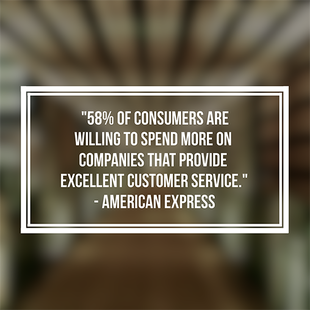
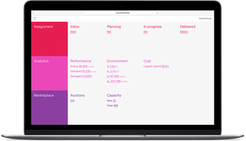

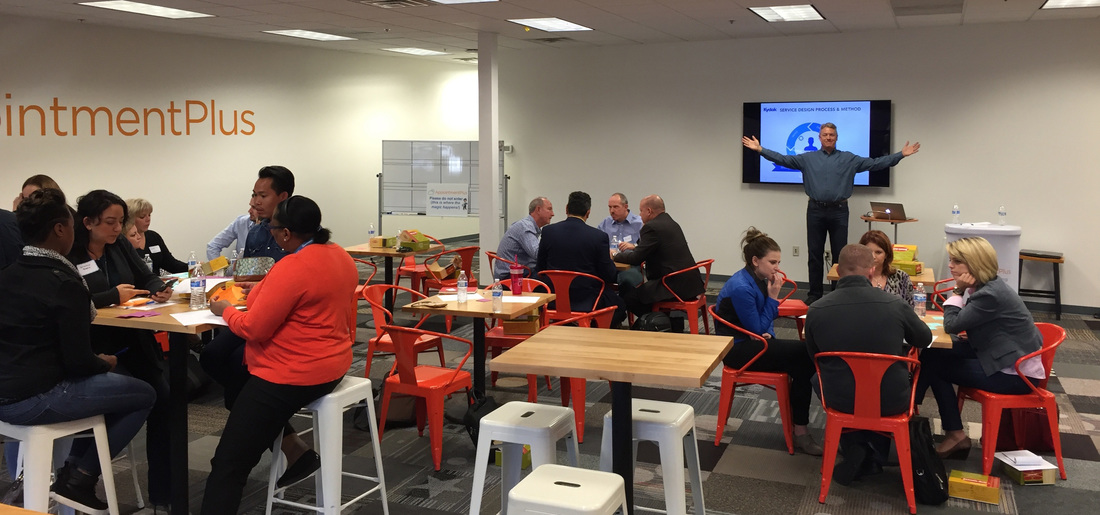

 RSS Feed
RSS Feed